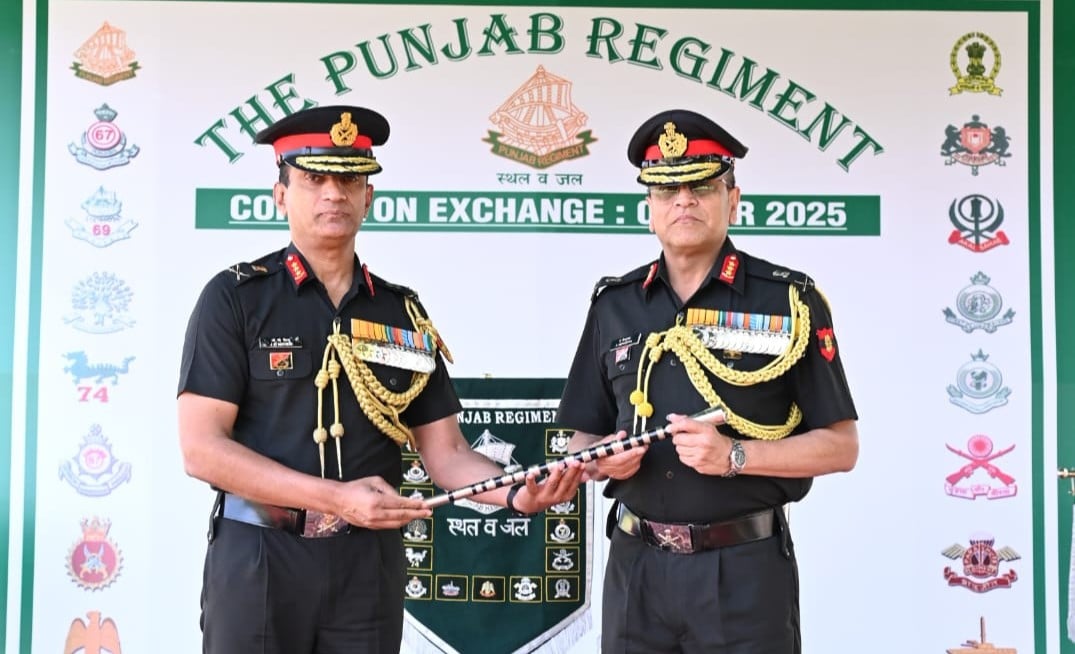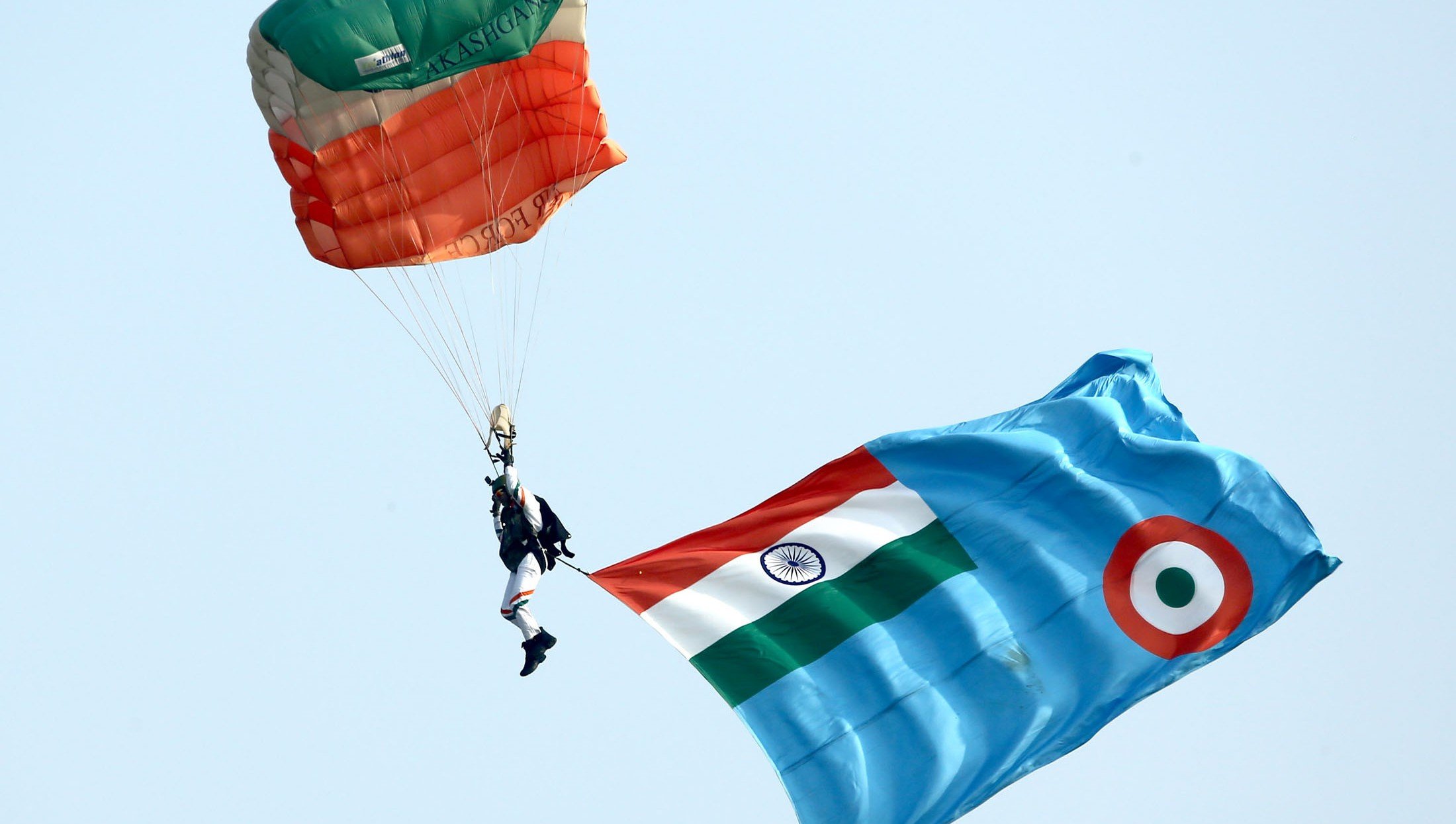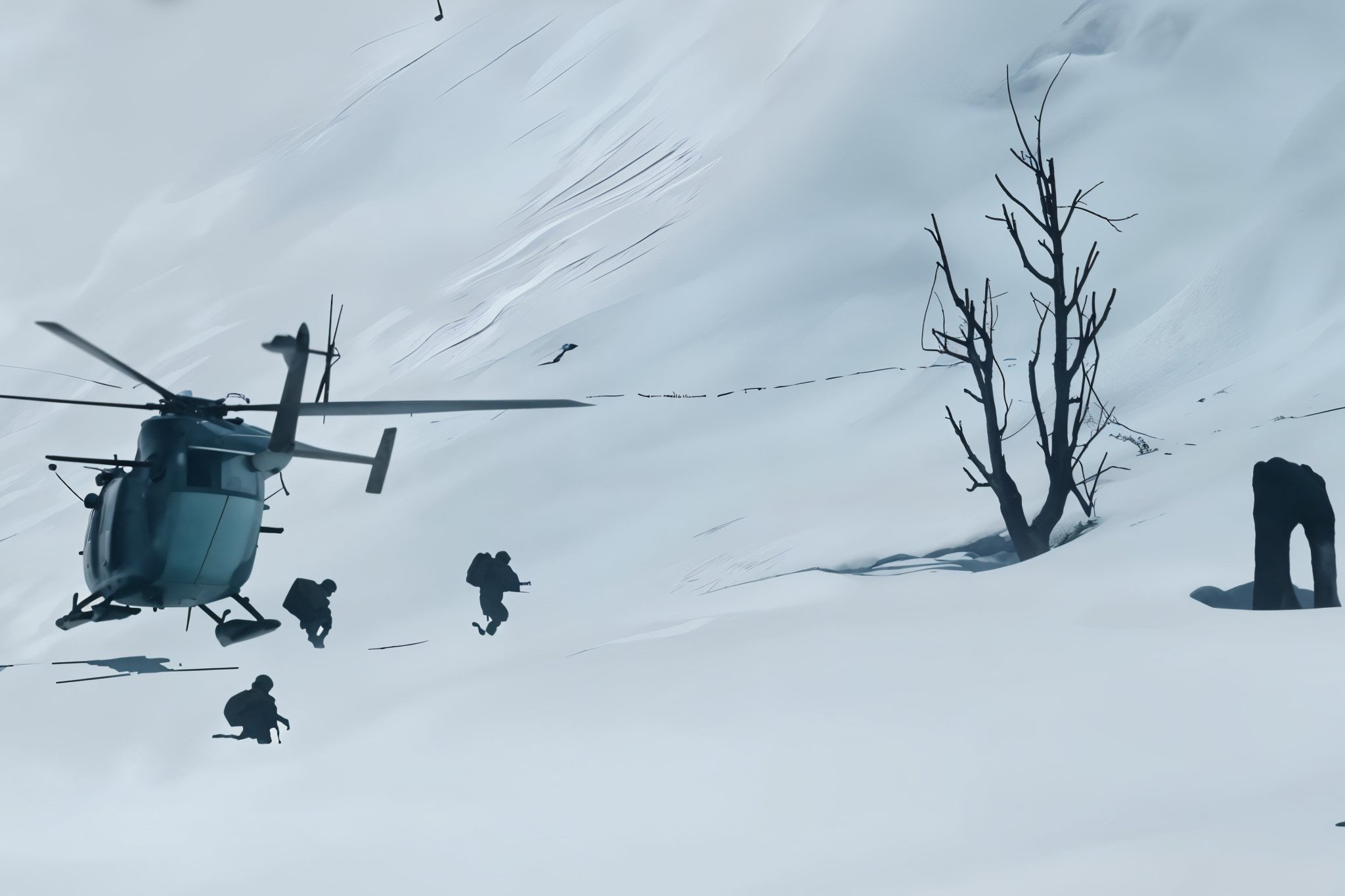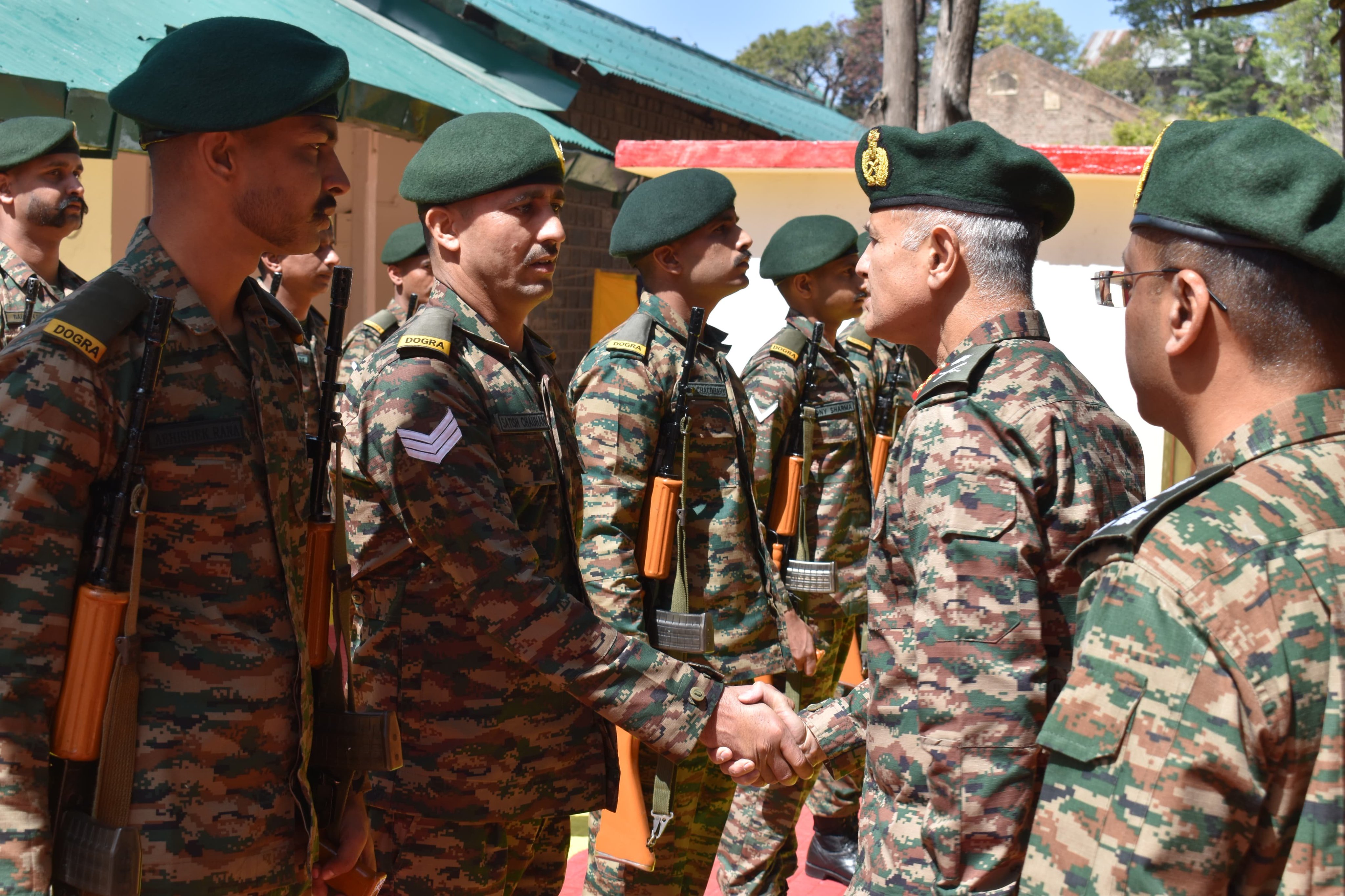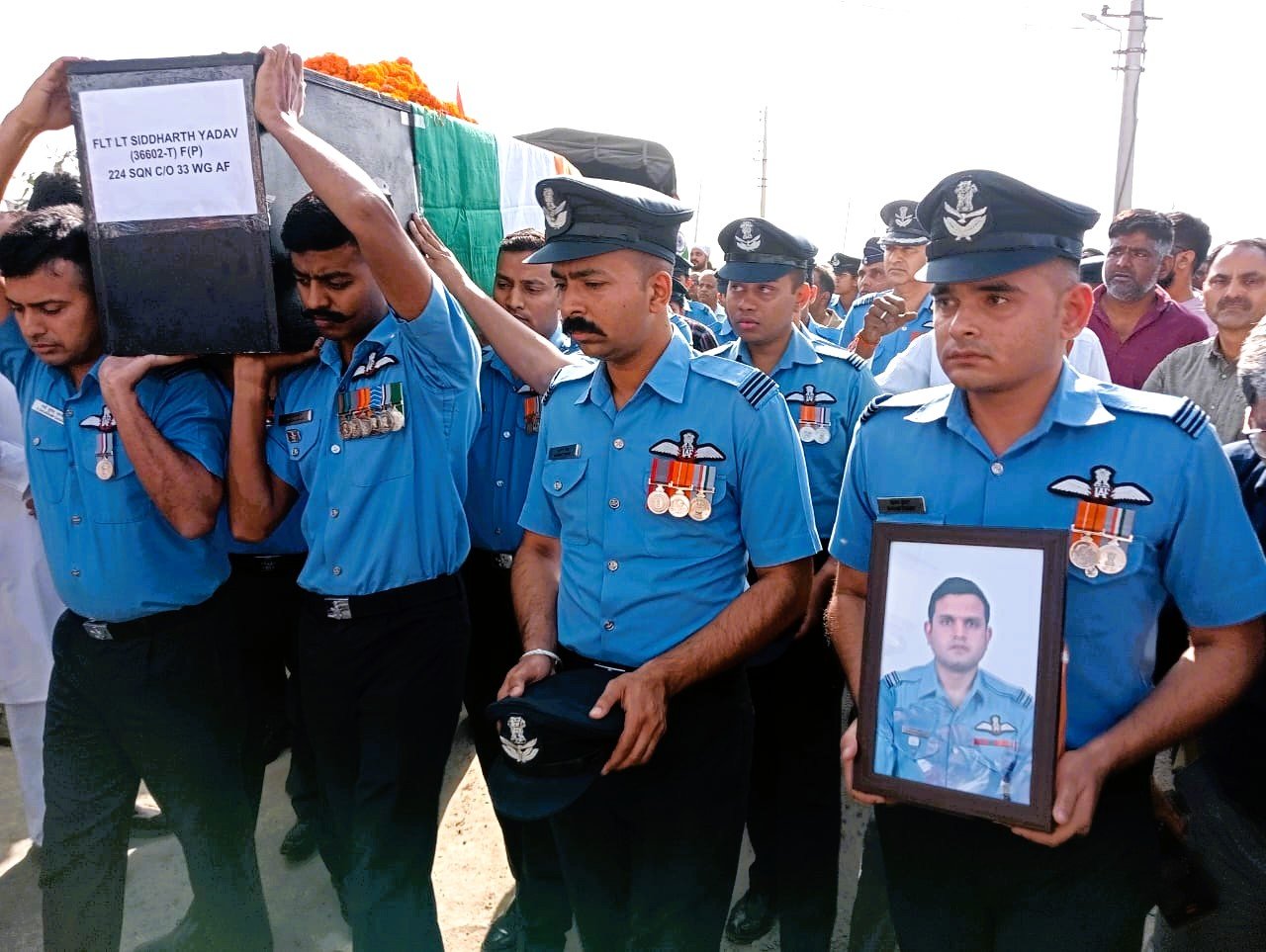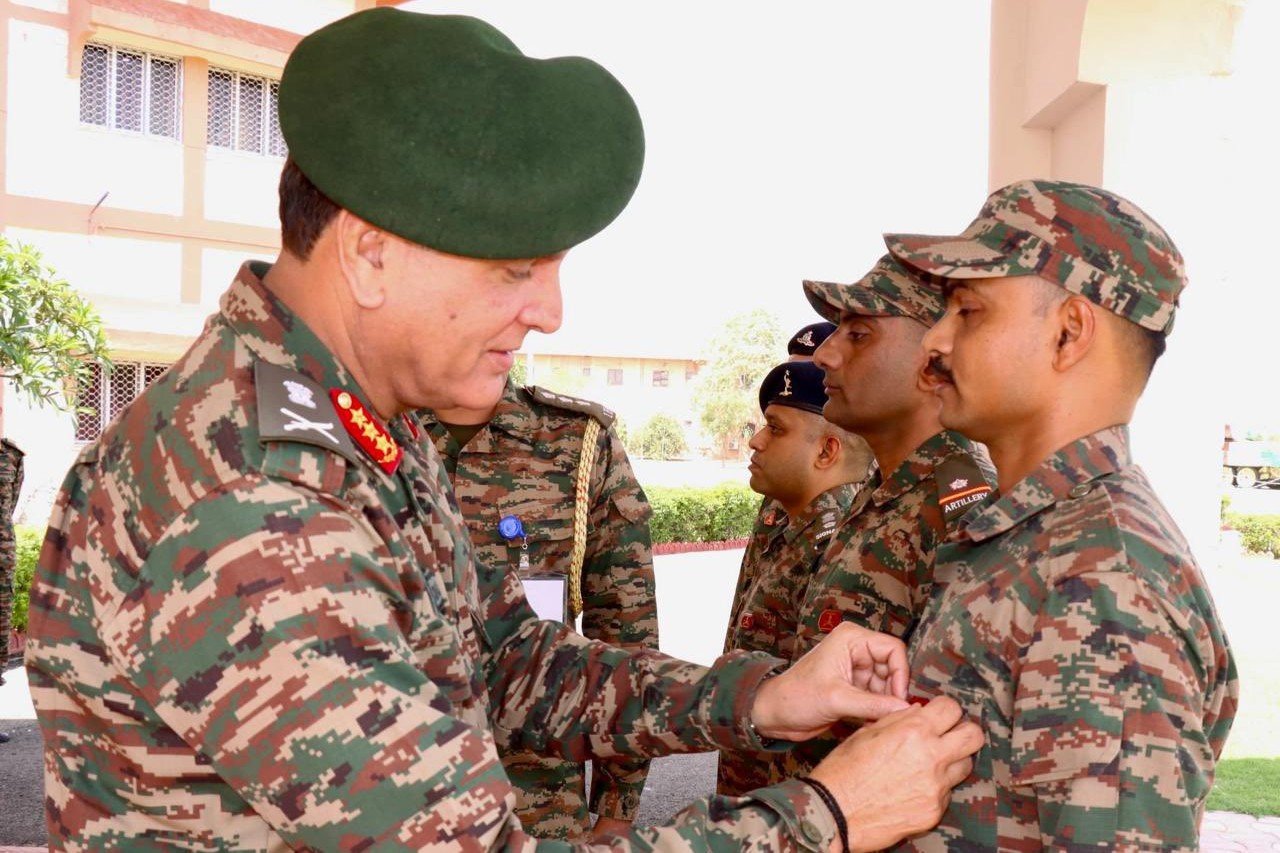Lt Gen Johnson P Mathew Hands Over Colonel of Punjab Regiment Baton to Lt Gen Anindya Sengupta in Ceremonial Event
In a significant military ceremony, Lieutenant General Johnson P Mathew, Chief of Integrated Defence Staff (CISC) and outgoing Colonel of…
Indian Air Force Skydiving Instructor Dies During Demo Skydiving Drop In Agra
A Para Jump Instructor from the Indian Air Force’s (IAF) elite Akash Ganga Skydiving Team tragically passed away due to…
This Heartbreaking Picture from Operation Randori Behak Will Make You Cry
In the annals of military history, there are operations that stand out not just for their strategic significance but for…
Major General Naveen Mahajan Reviews VC Brigade’s Operational Readiness Under Surya Command
In a significant step towards bolstering the Indian Army’s combat preparedness, Major General Naveen Mahajan, General Officer Commanding (GOC) of…
Flt Lt Siddharth Yadav Lays Down Life Saving Civilians in Gujarat Jaguar Jet Crash
In the annals of military history, stories of valor and selflessness often emerge, leaving an indelible mark on the hearts…
Lt Gen Dhiraj Seth Reviews Konark Corps’ Operational Readiness in Desert Sector
Jodhpur, April 5, 2025 – Lieutenant General Dhiraj Seth, General Officer Commanding-in-Chief of the Southern Command, conducted a significant visit…

